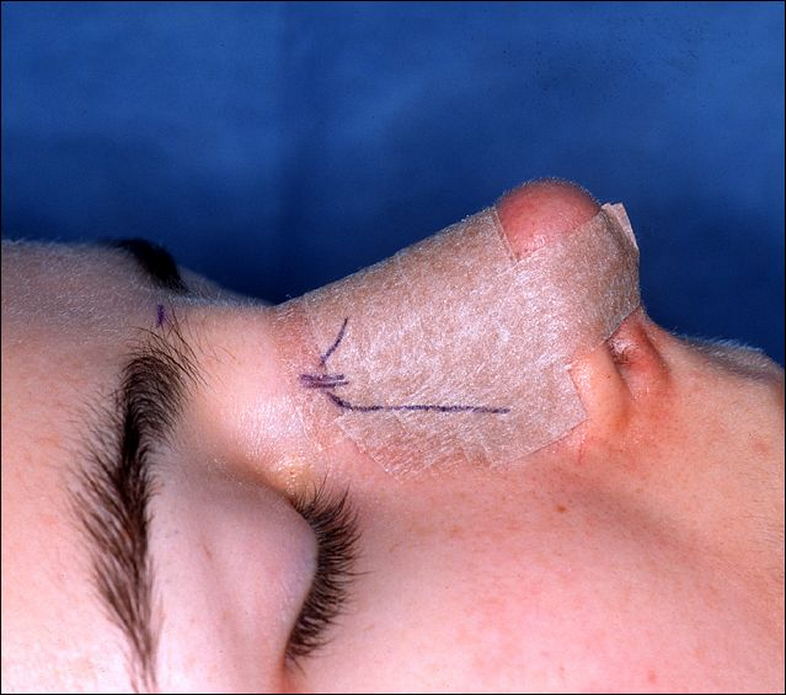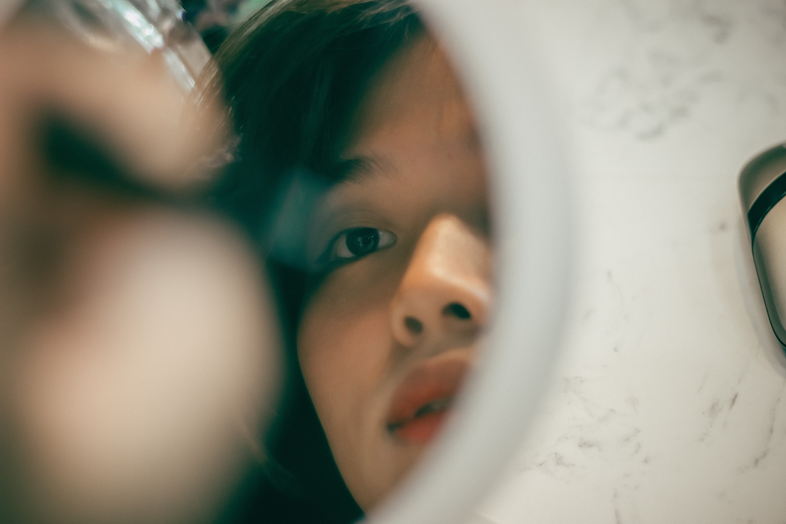Rhinoplasty, commonly known as a nose job, is a popular plastic surgery procedure that can enhance facial harmony and boost self-confidence. It’s crucial to carefully consider the benefits, risks, and costs before diving into this life-changing decision. In this article, we’ll explore everything you need to know about Rhinoplasty surgery, from understanding the costs to examining non-surgical alternatives.
The Pros and Cons of Rhinoplasty: A Comprehensive Guide
Rhinoplasty surgery can offer numerous benefits, including improved facial balance, enhanced breathing, and boosted self-esteem. However, it’s essential to weigh the potential risks and complications against the benefits. Some risks include anesthesia complications, infection, and poor cosmetic results. To minimize these risks, always choose a qualified and experienced surgeon who specializes in Rhinoplasty.

Understanding Rhinoplasty Costs: What You Need to Know
The cost of Rhinoplasty surgery varies based on factors such as the surgeon’s expertise, geographic location, and the complexity of the procedure. On average, nose job costs can range from $5,000 to $15,000. Don’t forget to explore financing options, like medical loans or payment plans, to make the procedure more affordable.
The Risks and Benefits of Rhinoplasty: Is It Right for You?
Rhinoplasty surgery offers numerous benefits, but it’s essential to fully understand the potential risks and weigh them against the advantages to determine if the procedure is the right choice for you. Let’s dive deeper into the risks and benefits associated with Rhinoplasty.
Benefits of Rhinoplasty Surgery
Improved Facial Harmony: Rhinoplasty can correct aesthetic concerns such as a crooked, humped, or oversized nose, resulting in enhanced facial symmetry and balance.
Better Breathing: For individuals with a deviated septum or other structural issues, Rhinoplasty can improve nasal function and help alleviate breathing difficulties.
Increased Self-Confidence: By addressing cosmetic concerns, Rhinoplasty can boost self-esteem, leading to a higher quality of life.
Long-lasting Results: Unlike non-surgical alternatives, Rhinoplasty surgery provides permanent results, giving you a lifetime of improved appearance and function.

Risks and Potential Complications of Rhinoplasty Surgery
Anesthesia Risks: As with any surgery that requires anesthesia, there is a small risk of complications such as allergic reactions, breathing difficulties, or other anesthesia-related issues.
Infection: Although rare, infections can occur after Rhinoplasty surgery. Proper post-operative care and following your surgeon’s instructions can help minimize this risk.
Bleeding: Some patients may experience excessive bleeding during or after surgery. In rare cases, this may require additional surgical intervention or a blood transfusion.
Poor Cosmetic Results: In some cases, patients may be unhappy with the outcome of their Rhinoplasty surgery. This could result from poor surgical technique or unforeseen complications during the healing process. In such cases, revision Rhinoplasty may be necessary to correct the issue.
Numbness or Altered Sensation: It is common to experience temporary numbness or altered sensation in the nose following Rhinoplasty. However, in rare cases, these changes may be permanent.
Scarring: While Rhinoplasty typically results in minimal visible scarring, some patients may experience more noticeable or hypertrophic scars.
Difficulty Breathing: Although Rhinoplasty can improve breathing for many patients, some may experience worsened breathing due to complications or changes in the nasal structure.
To minimize the risks associated with Rhinoplasty surgery, it’s essential to choose a board-certified and experienced plastic surgeon who specializes in the procedure. A thorough consultation with your surgeon, discussing your goals, medical history, and expectations, will help ensure the best possible outcome. Remember to consider non-surgical alternatives like dermal fillers if you’re not ready for surgery or if the risks outweigh the benefits for you.
What to Expect During Rhinoplasty Recovery
Rhinoplasty recovery can take several weeks, with swelling and bruising gradually subsiding. Pain and discomfort can be managed with medication, and following your surgeon’s post-operative care instructions is crucial to ensure optimal healing and results.

Non-Surgical Rhinoplasty: The Safe and Affordable Alternative
Non-surgical rhinoplasty, also known as liquid or filler rhinoplasty, is a less invasive alternative to surgery. It involves using injectable dermal fillers to temporarily reshape the nose. While the results are not permanent, the procedure is more affordable, has minimal downtime, and carries fewer risks compared to surgical Rhinoplasty.
Conclusion
In conclusion, Rhinoplasty surgery can significantly improve facial harmony and boost self-confidence. However, it’s vital to carefully weigh the risks, benefits, and costs before making a decision. Non-surgical rhinoplasty may be a viable alternative for those seeking a less invasive option. Regardless of the route you choose, always consult with an experienced medical professional to ensure the best possible outcome.
FAQs
How long does Rhinoplasty swelling last?
Swelling after Rhinoplasty surgery can last several weeks to months, with most of the swelling subsiding within the first two weeks. However, minor swelling may persist for up to a year after the procedure.
What is the average nose job cost?
The average cost of a nose job varies based on factors like the surgeon’s expertise, location, and the procedure’s complexity. Generally, Rhinoplasty costs range from $5,000 to $15,000.
How long do the results of non-surgical Rhinoplasty last?
Non-surgical Rhinoplasty results typically last between 6 to 18 months, depending on the type of dermal filler used. Regular touch-up treatments are needed to maintain the desired appearance.
What is the difference between open and closed Rhinoplasty?
Open Rhinoplasty involves making an incision on the columella, the tissue that separates the nostrils, while closed Rhinoplasty involves incisions made entirely within the nostrils. Open Rhinoplasty provides better access to the nasal structure, but may result in slightly more visible scarring.
Can Rhinoplasty fix a deviated septum?
Yes, Rhinoplasty can correct a deviated septum, a common cause of breathing difficulties. This is often referred to as septorhinoplasty, as it combines cosmetic adjustments with functional improvements.

